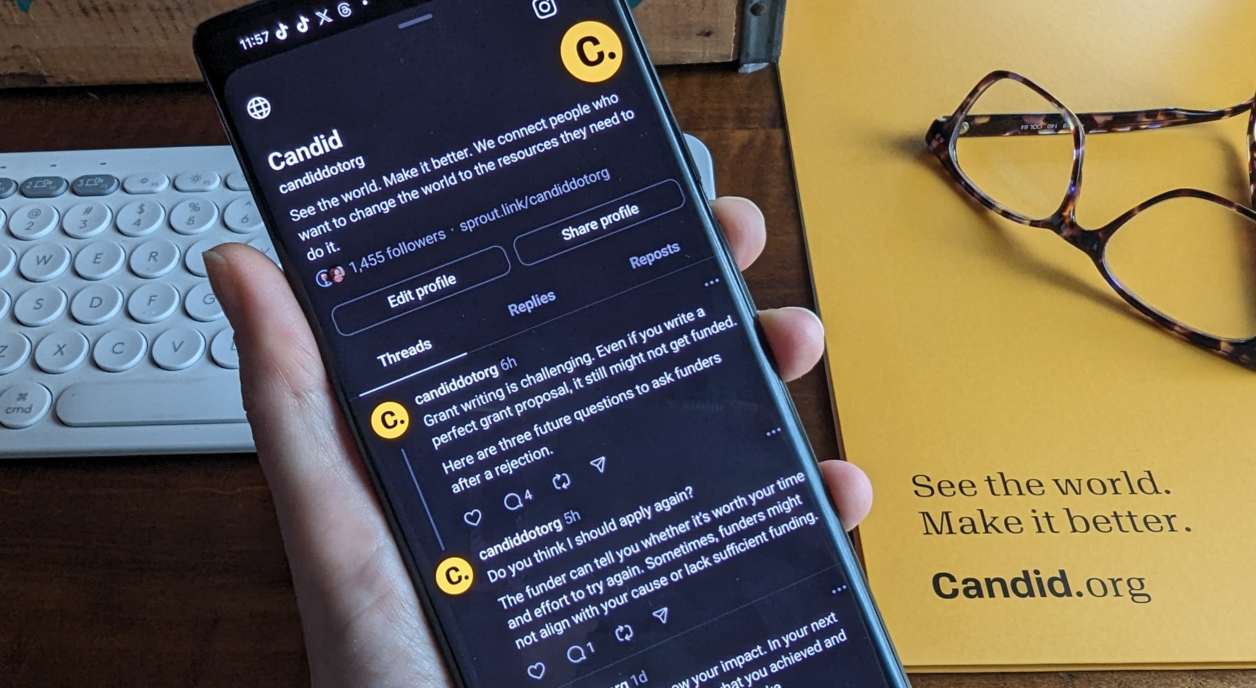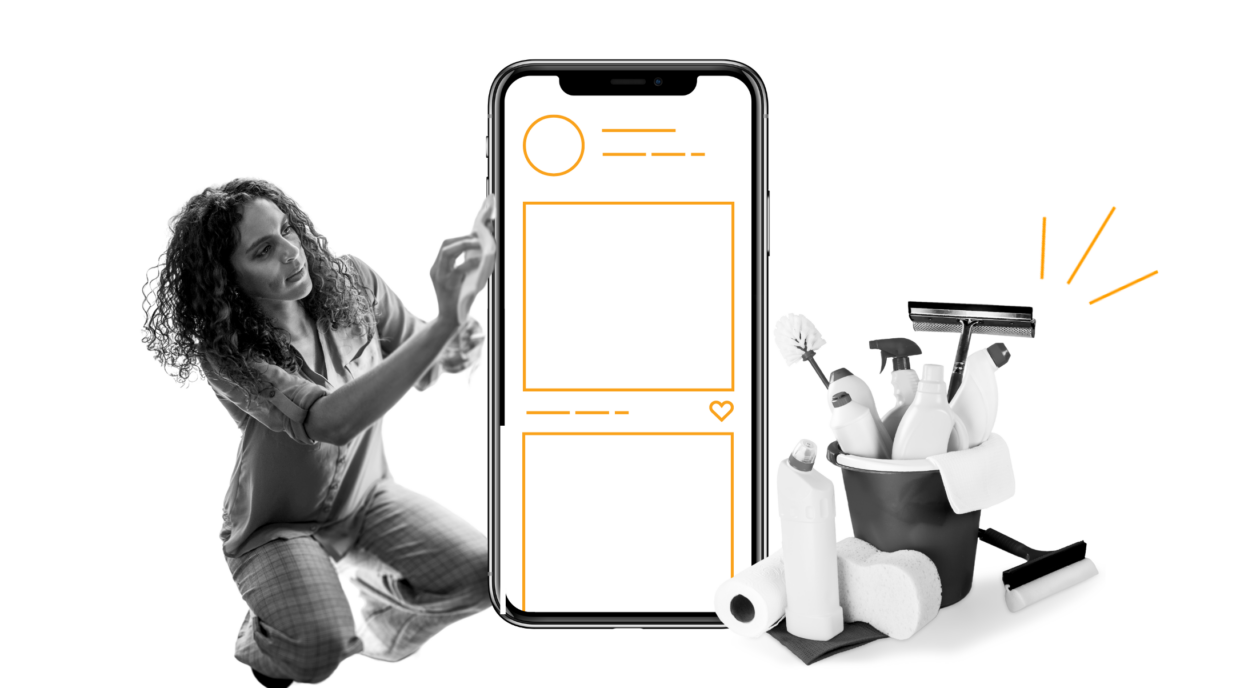A big impact with bite-sized social media

Three seconds. That’s the average time viewers will spend on a social media video before they decide to move on. Facebook reports that their users spend, on average, 1.7 seconds on viewing a post before scrolling to the next.
Many have pointed to social media as the cause of our shorter attention spans, although movie and television shots have also become shorter. So, which came first: our loss of focus or increasingly fast-paced media? It’s likely a combination of both.
In any case, today’s audiences prefer shorter, bite-sized social media content, and Candid’s experimenting with ways to provide it. Here I’ll share some of what we learned and tips from our experiments with microlearning on social media.
Social media microlearning experiments at Candid
What is microlearning? It’s short bursts of educational content, usually under one minute. We’ve introduced a variety of microlearning opportunities across our social media platforms. On LinkedIn, we use trivia questions and carousels to engage audiences about nonprofit sector data. On TikTok, YouTube, and Instagram Reels, we’re sharing short videos that give quick tips and resources.
Most recently, we started a longer experiment on Instagram Stories in microlearning. Each week, we focus on a theme, such as grantseeking or fundraising, and post content related to the theme every day. For example, during grantseeking week on the Instagram stories, we provided tips on finding the right funder, quizzes on grant types, and short videos with grantseeking advice.
Our followers love it. Since January 2024, we’ve seen a 47% growth in engagement (the total number of reactions, comments, shares, post link clicks, and saves) on LinkedIn and a 40% increase on Instagram. We’ve also had a 25% increase in followers across all our platforms. We know microlearning is an effective tool for engaging our audiences because we’ve received a lot of comments about how much they enjoy learning on the platforms and how useful this approach is.
Tips for adding social media microlearning for your nonprofit
Based on what we’ve learned, here are some things to consider when creating microlearning content for your organization:
- Include a hook. Whether it’s the first sentence, first three seconds of a video, or first image, you want to make sure it’s attention-grabbing so you can capture your audience’s interest. A hook can take the form of an intriguing quote, a gripping tag
- Keep it short. The average user is going to give your video content three seconds. Keep that in mind and create social media posts that can be read, watched, or viewed in under a minute. Find fun ways to keep them engaged about every 8-10 seconds, like a pop-up, transition, cut, or change in perspective.
- Be concise. Use as few words as possible. Remove any elements that make it difficult to swipe through or watch your material, such as irrelevant images or distracting fonts. This does not mean you can only share basic information. Instead, find ways to translate complicated material into digestible bits. Aim to spark curiosity and provide opportunities for continued learning, such as by including links to related material.
- Include interactive elements. Social media platforms offer a range of tools to help engage viewers, such as polls, quizzes, question boxes, or links. Polls and quizzes are great opportunities to include creative, low-ask material that can increase audience participation. As of 2024, polls get the most attention on LinkedIn over all other post types. We’ve noticed this at Candid, with our polls getting more than 10 times the engagement of posts with links or photographs.
- Create content for various ways of learning. A 2011 study found that 65% of the population were visual learners, 30% were verbal learners, and 5% were experiential learners. People prefer a variety of social media content. To tap into this, reimagine content in the form of both a video and text carousel. You could even ask your audience what content types they enjoy seeing to create material specific to their preference.
It’s tempting to look at our collective loss of attention as a negative. And though it does offer challenges, it also offers opportunities to become better, more effective communicators and educators.
How do you learn best online? Pease share your thoughts in the comments!







Sonya Hollins says:
I love this! I am a small nonprofit with big heart. We do so many cool things with youth and media, but I often feel I need to create full videos to share what we do. I love the idea of quick bites that allow us to get more viewers.